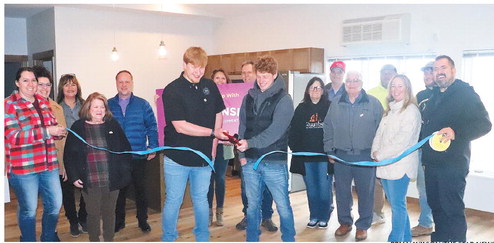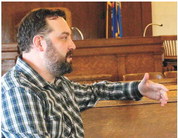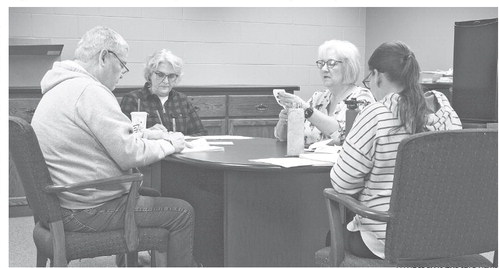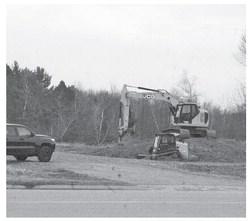Take a listen for frogs and toads this spring season


Volunteers are sought for the annual Wisconsin Frog and Toad Survey, to help document frog and toad breeding calls throughout the state, this spring and summer.
Formally launched in 1984, this long-running survey helps the DNR follow trends in Wisconsin frog and toad populations. Over the years, volunteers have helped DNR conservation biologists better define the distribution, status and population trends, of all 12 frog and toad species in Wisconsin.
“Our volunteers, lovingly known as ‘froggers,’ are important advocates for frogs and toads in Wisconsin,” said Andrew Badje, DNR conservation biologist. “They are the beating heart of frog monitoring and conservation in Wisconsin. They are why this survey is the longest-running community-based frog calling survey in North America.”
Volunteers can participate in the following three ways:
• Traditional Wisconsin Frog and Toad Survey – Volunteers will drive a pre-set route for three nights, once each in early spring, late spring and early summer. Volunteers make 10 stops, per night, listening for five minutes, at each site, documenting the species heard calling and the relative abundance of each species.
• Mink Frog Survey – Mink frogs are only found in northern Wisconsin, and often call in the daytime. In June and early July, volunteers will listen once during the day and once at night, along routes targeting ideal mink frog breeding habitat.
• Phenology Survey – Volunteers for this survey help monitor when frogs and toads first start calling each spring. Phenology volunteers will choose one wetland to monitor throughout the frog calling season and record data as often as possible, for five minutes, per night.
Dates for each survey varies and some depends on the changing seasons. Volunteers will receive more details on timing, after contacting the survey teams.
Since the survey began, volunteers have collectively spent more than 10,500 nights, surveying 103,400 sites, across the state. Volunteers are continuing to document increasing trends for American bullfrogs and Blanchard’s cricket frogs since the survey began, an encouraging sign for each of these species.
Volunteers are also contributing substantial knowledge into the unique calling patterns and distribution of mink frogs throughout the Northwoods.




